01 Nov 2019
 On 19th and 20th of october we have participated at the Nasa Space Apps Challange Brescia, as organisers
On 19th and 20th of october we have participated at the Nasa Space Apps Challange Brescia, as organisers
The Student Branch have collaborated with Interstellars association organising this fantastic event.
Our role has been foundamental, we have participated as:
- Technicians: organising the indoors spaces and the electrical consuptions;
- Mentors: listening to the participants ideas, giving them advices;
- Official Judges: our ex Chair Simone Caldarella has partecipated as a Judge.
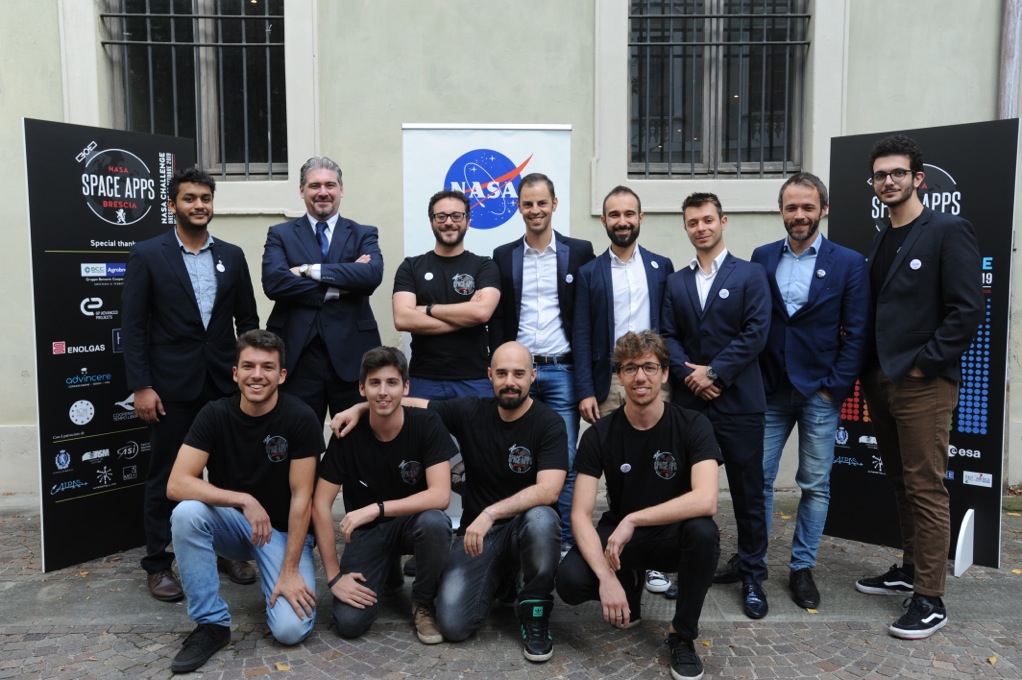 Mentors and Judges
Mentors and Judges
In this year edition, five teams have challaged wit the aim of find the solutions to the problems of the challange, selected by Nasa itself; challanges about Earth and space.
The jury has chosen the best two teams, that now have the chance to compete worldwide.
The winning teams:
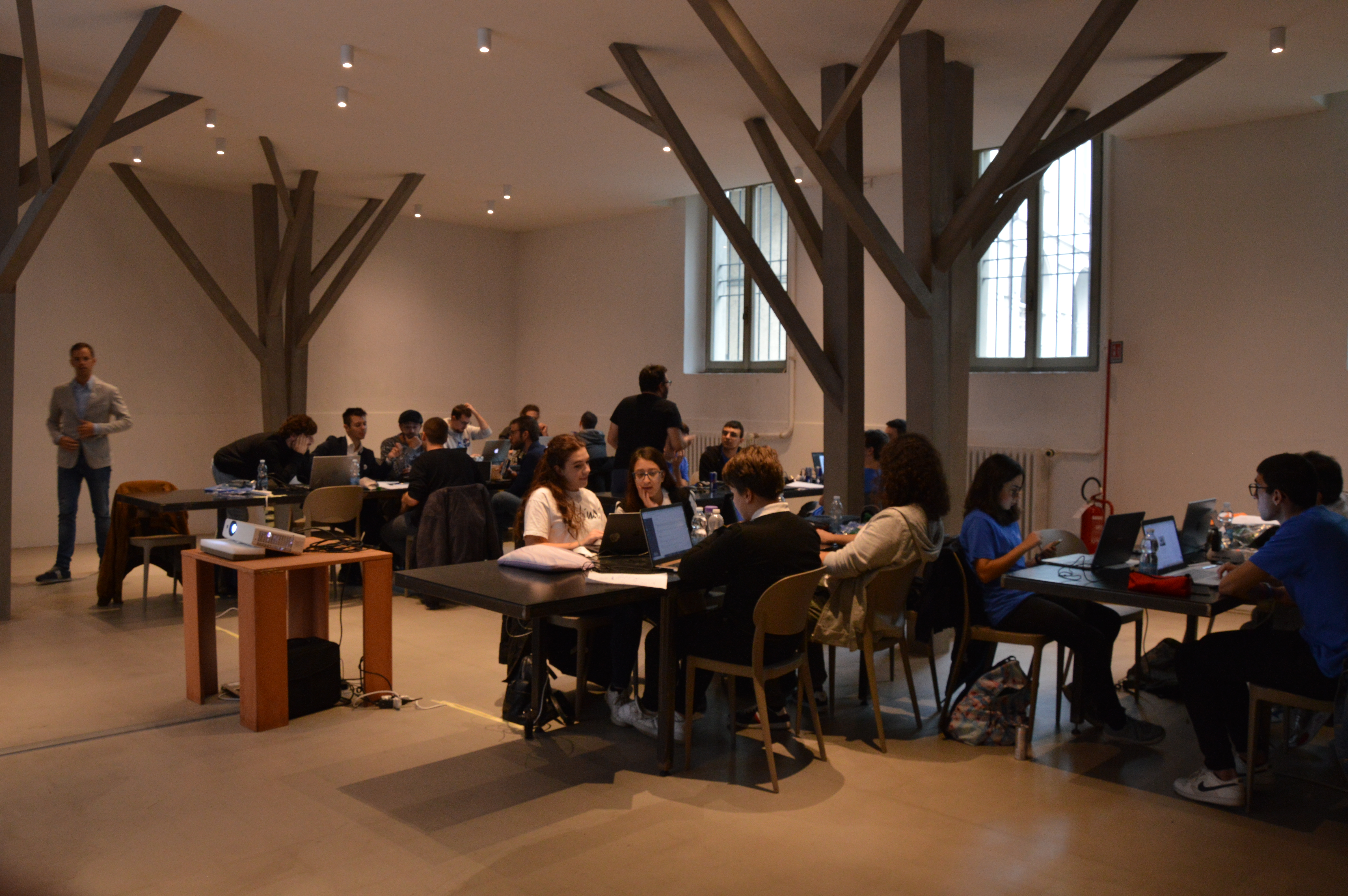 The teams, working on their ideas to solve the challanges
The teams, working on their ideas to solve the challanges
For more informations about the solutions proposed by the winning teams of this year edition of Nasa Space Apps Challange Brescia check out the official page of the event.
30 Sep 2019
Here we are at the second phase of “Blindo”, now we should call the project with a brand new name: Blindo 2.0.

A few months have passed since the team started this beautiful experience. The members improved their skills and the project has grown bigger and bigger.
Updates
As you can see in the image, the volume has been increased and the software has been substantially modified.
Hardware
The new body contains all the peripheral devices: thanks to a panel made in PVC, totally transparent, all of them could be seen next to the single-board computer connected with cables.
It is also possible to turn on/off “Blindo” using a button positioned on the left side of the body.
Software
There are a lot of updates about the software: from the change in graphics to the addition of functionalities making the device more user-friendly.
The team also added the possibility to record and listen to audio and associate physical buttons with files without using the touch screen but using the buttons on the upper surface.
This new feature will allow each user, expecially blinded kids, to use “Blindo” in a simple and intuitive way. The goal of this was and will always be helping those in need.
Presentation of the prototype
All the changes made has been introduced officially to the “association for blind people” in Brescia and to the project’s responsible, professor Silvano Biazzi, who is also an active member of multiple voluntary associations.
Another important guest was Pierlorenzo M. Castrovinci, member and coordinator for Lombardy region of Informatici senza frontiere, a non-profit association that undertakes to improve life conditions of people suffering because of diseases or disability using computer technologies and more.
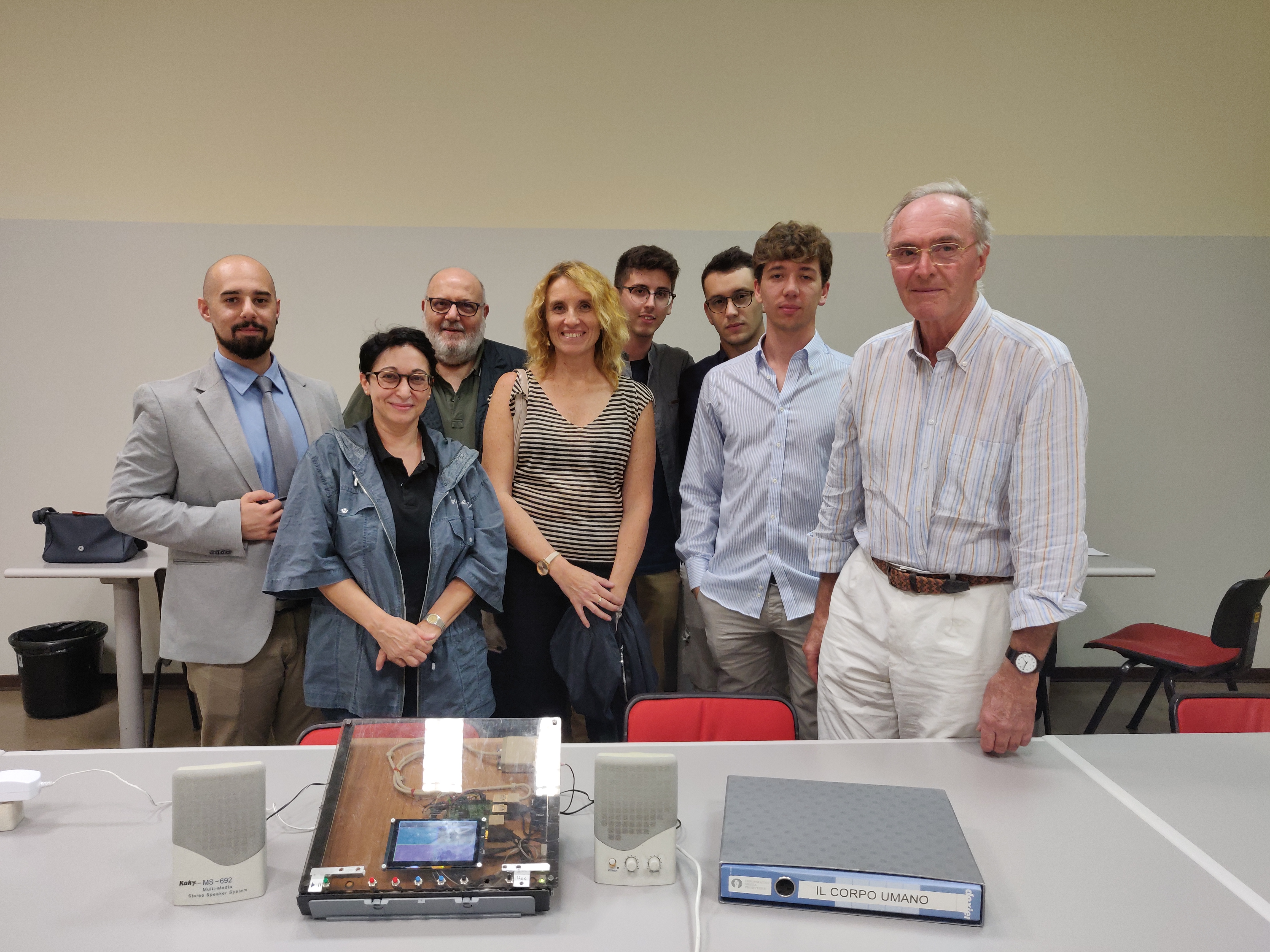 Starting from left: Yari Bussi, the three representative from “association for blind people”, Samuele Ponzin, Diego Berardi, Silvano Biazzi
Starting from left: Yari Bussi, the three representative from “association for blind people”, Samuele Ponzin, Diego Berardi, Silvano Biazzi
The ideas about making “Blindo” a better tool were a lot, we are still excited about that and the future will hold for us surprises, if you want to find out more about us stay tuned (or enter in the Student Branch)!
Article written by: Yari Bussi
Article reviewed and traslated by: Samuele Ponzin and Massimiliano Tummolo
31 May 2019
Blindo made drastic advances, the first prototype has been realised.
It has an integrated keyboard and a microphone which allows device’s tests.
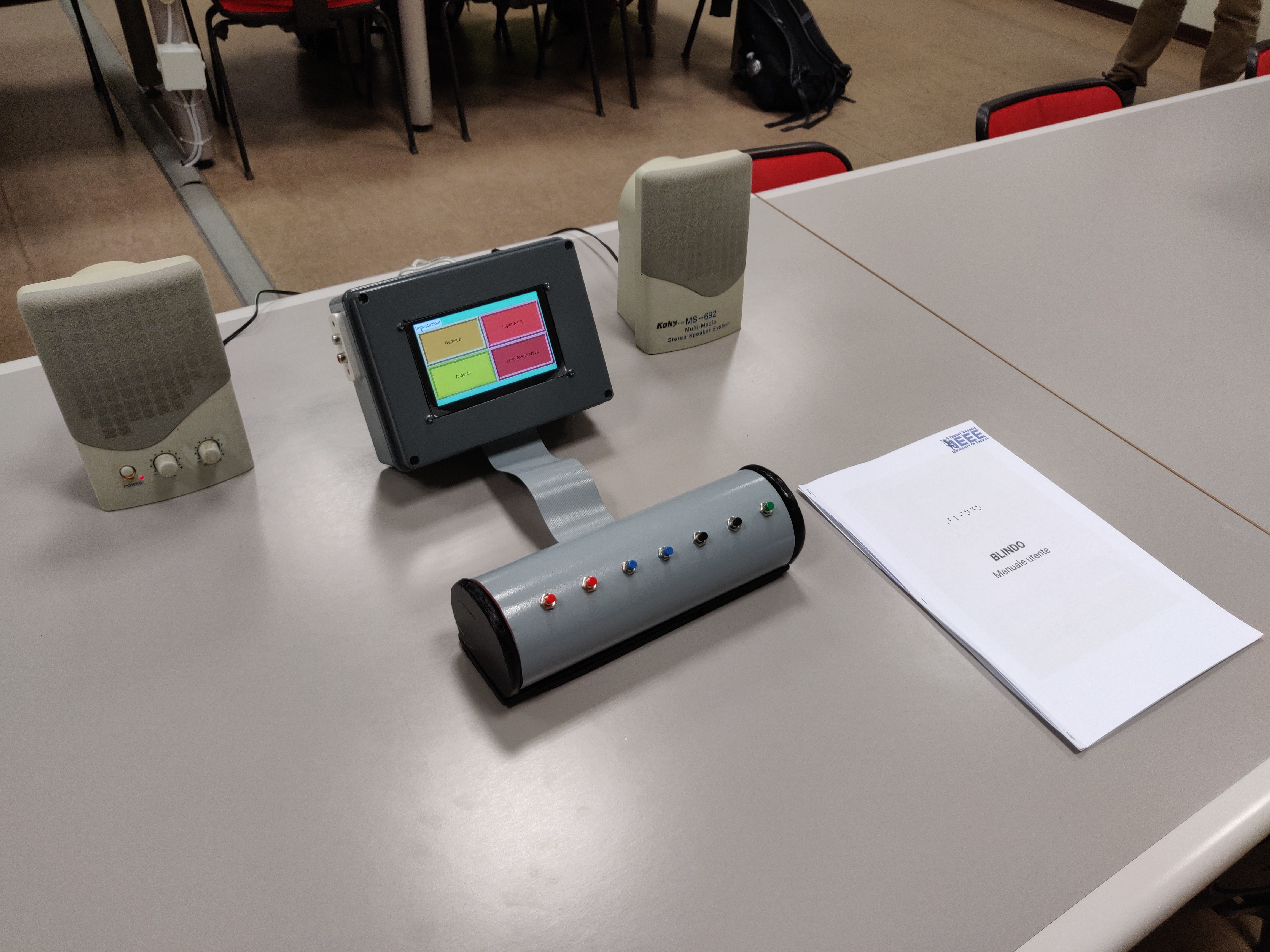 First official Blindo prototype
First official Blindo prototype
The device has been shown to project’s responsible, professor Silvano Biazzi, who, satified by the work done, decided to take the project to a higher level.
Now that the fundamentals of the device has been assembled, the next step is to create real implementation of “Blindo”.
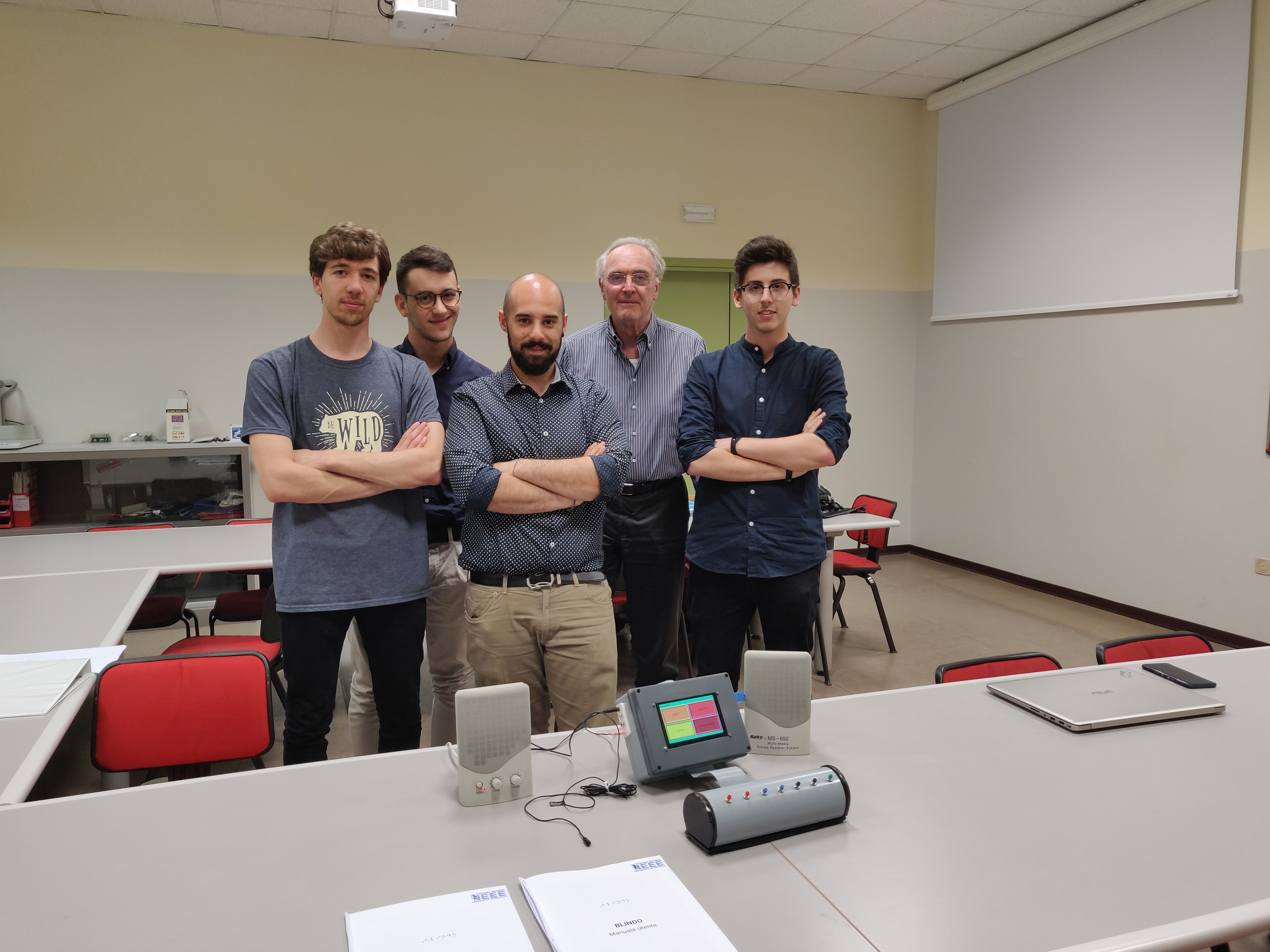 Starting from left: Diego Berardi, Massimiliano Tummolo, Yari Bussi, Silvano Biazzi e Samuele Ponzin
Starting from left: Diego Berardi, Massimiliano Tummolo, Yari Bussi, Silvano Biazzi e Samuele Ponzin
24 May 2019

Overview
On the 20 october 2018 it took place the twelfth edition of the IEEExtreme programming competition.
For the second year in a row the student branch got involved with 6 teams composed of 14 students, who programmed for 24 hours consecutively. The commitment and the
devotion of the guys have been rewarded, for the second time the University of Brescia arrived on the podium nationwide!
How were these results achieved?
Since the enormous success of the first edition of Programma Arnaldo the students who participated to the competition for the first time in 2017 had taken on the role of mentors for the second edition of Program, thus providing to the new subscribers the
algorithmic and computer knowledges, to be able to compete with the
branch students internationally.
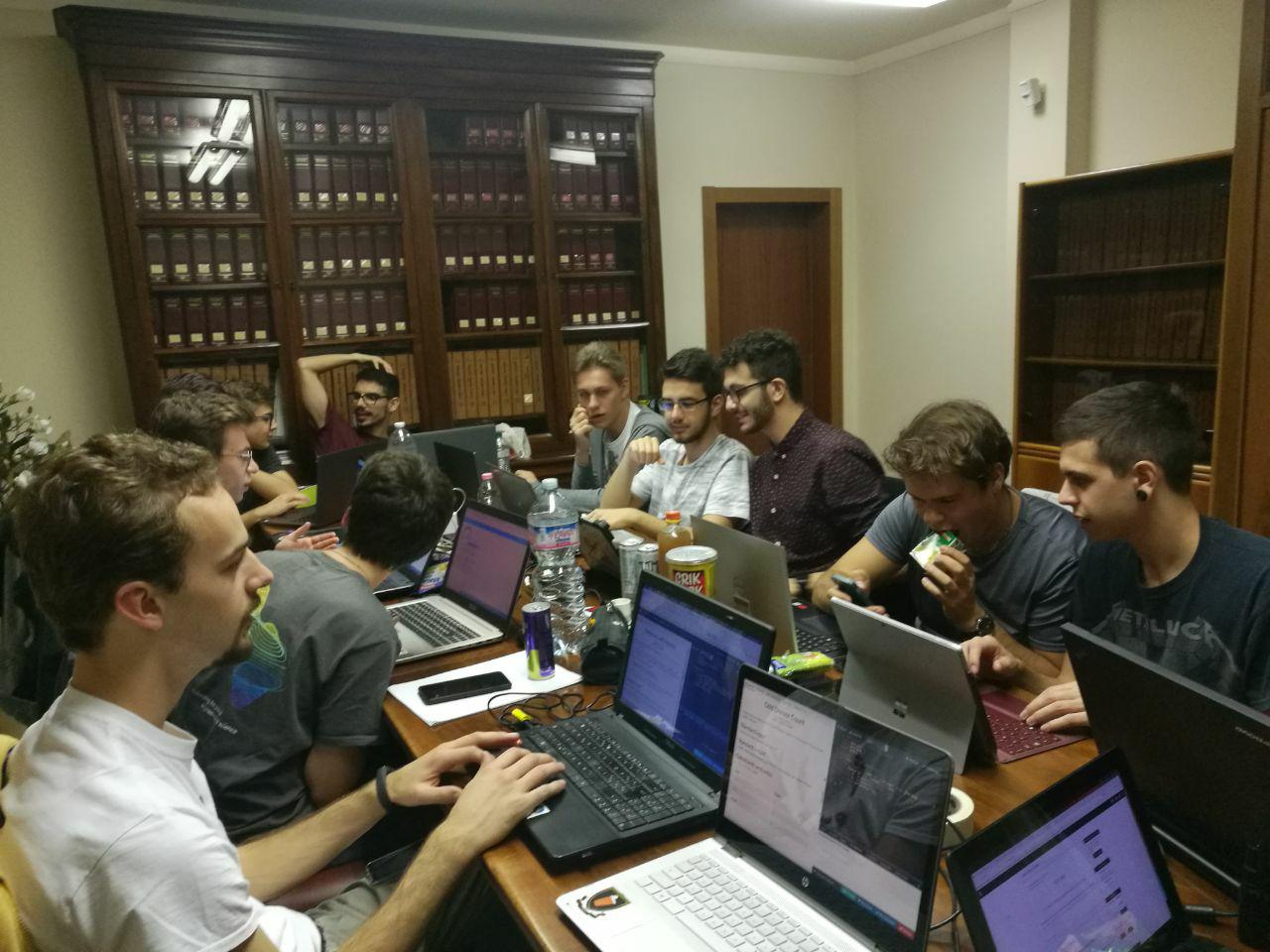
Results
20 May 2019
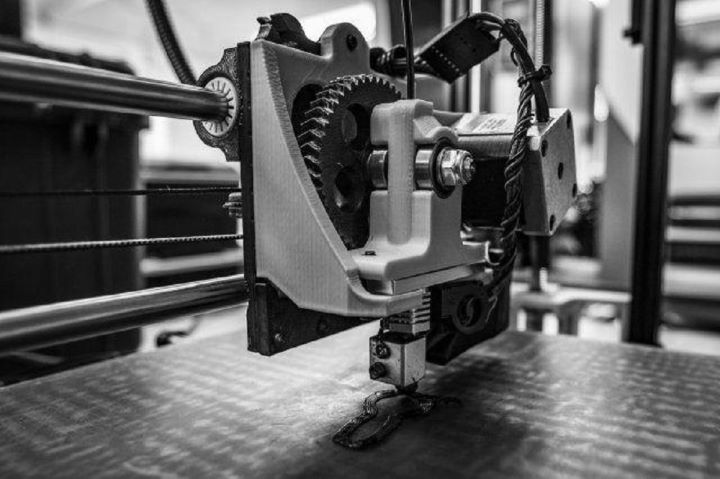
The history of the project
The project “UV oven” has begun in correspondence with the purchase
of a resin 3D printer by the Information Engineering department in 2016.
The printing process in fact predicts a heat and ultraviolet light treatment
to the printed objects, so to confer to the resin more solidity and make it
usable in the required applications.
Starting from this necessity, it has been thought of a collaboration
between the Department and the Student Branch, which aims to the
realization by the student branch of an oven, which can help the printer
and make the printing process complete.
Following the missed accomplishment of the project and the interruption
of work on the oven , the project was taken up in 2018 by the current
members, with the goal to carry out the oven.
Changes
This project, in the current form, inherits much of the projectual
strategies and decisions from the former development. For this, many
fundamental aspects were already decided, and changing them would
have led to the discarding of the whole project.
The decision was to leave at first this aspects unchanged and so the
new development has the following base design features:
- Development platform: Arduino;
- Sensoristics and devices: temperature sensor, two heat
resistances, fan, DC engine , UV led, buttons and display
managed via a breadboard;
- Fisic structure: it is assembled in sections of plywood and
plexiglass for the rotating base.
Then, afterwards the already written code’s analysis, it was thought to
introduce changes, both on the hardware and the software side:
- Replacement of the temperature sensor because of not suitable
characteristics for use;
- The introduction of a limit switch for checking the closing of the
door;
- Use of the present buttons on the display because they are more
efficient than the expected ones earlier;
- Rewrite of the code to introduce programming structures more
elaborated, like a class to manage buttons and modify some
managements, as like as the timer to correct the present bugs.
At the end of the tests both the fisic part and the code side, we’re
thinking about the possibility to create a printed circuit board in order to
avoid the use of the breadboard and so to complete the development of
the project.
Project Members

 Mentors and Judges
Mentors and Judges

 Starting from left: Yari Bussi, the three representative from “association for blind people”, Samuele Ponzin, Diego Berardi, Silvano Biazzi
Starting from left: Yari Bussi, the three representative from “association for blind people”, Samuele Ponzin, Diego Berardi, Silvano Biazzi First official Blindo prototype
First official Blindo prototype Starting from left: Diego Berardi, Massimiliano Tummolo, Yari Bussi, Silvano Biazzi e Samuele Ponzin
Starting from left: Diego Berardi, Massimiliano Tummolo, Yari Bussi, Silvano Biazzi e Samuele Ponzin

